The long history and the vast area of Iran have led to amazingly variant climatic conditions, cultural attractions, and natural landscapes. That is why Iran is famous as a destination for all four seasons, a land that offers loads of opportunities for all nature and adventure lovers who dream of various thrilling experiences such as climbing, canyoning, skiing, marine activities, and safari.
What is famous in Iran? Well, the best of Iran includes 24 UNESCO Cultural Heritage Sites and two UNESCO Natural Site as well as 13 Intangible Cultural Heritage registered on UNESCO and many more registered on Iran National Heritage List, that has made this country resemble like a live museum for all avid culture lovers, too. And surprisingly there are still more places you can visit!
Iran’s top attractions appeal to many international tourists from all around the world. Most itineraries offer 7 days to a 14-day tour to Iran, and yet they miss many tourist attractions in Iran! As long as you stay here, there is no shortage of Iran tourist attractions and there are places worth visiting.
If you have decided to visit historical places in Iran or Iran’s fascinating sceneries you can trust Iran Doostan Tours Co. We have a good three decades of experience in operating incoming tours to Iran and our professional experts would offer you the best Iran tourist map with reliable itineraries and high-quality services. Regarding a great deal of Iran attractions, we offer a diversity of package tours to Iran ranging from exciting adventure tours such as climbing and bird watching to awesome cultural tours to world heritage sites. MICE tours, safari tours, religious tours, and medical tours to Iran is also among the variety of services we offer.
All you have to do is to get in touch with us through info@idt.ir.
Posts
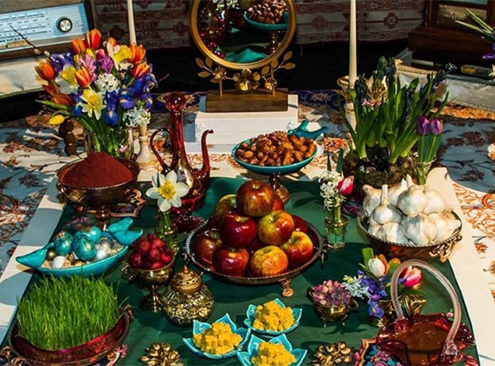
A Celebration deeply connected to the history and culture of…
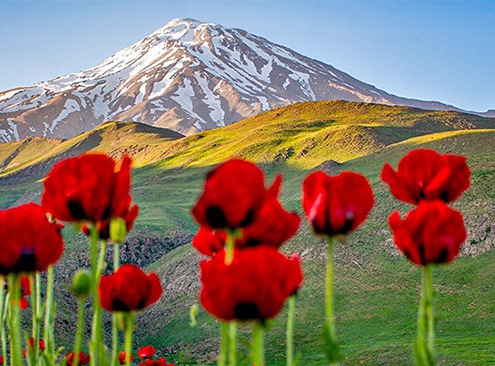
Climbing mountains may not appear as simple as most people think,…
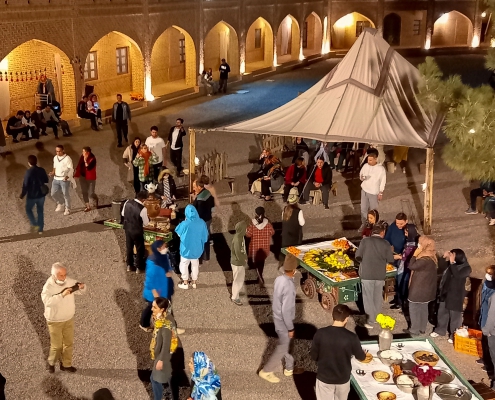
There is no better place than Matinabad if you are looking for…
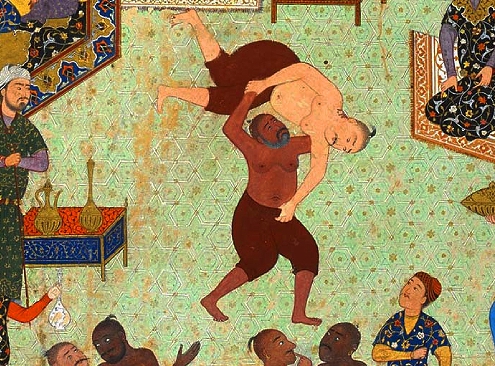
Zoorkhaneh is the house of strength, not only for the body but…

Iranian cuisine is very diverse; however, the northern dishes…
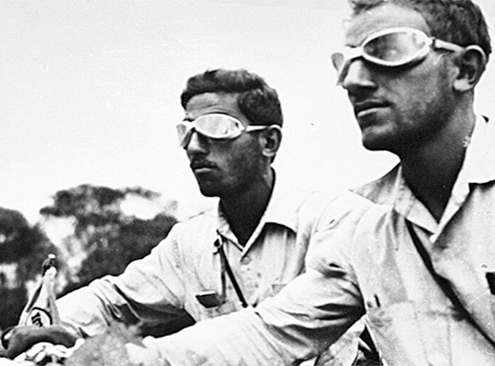
Imagine traveling the world on merely a bike and 90$ to spend.…

From ancient times, Iranian people have used hand-woven carpets…
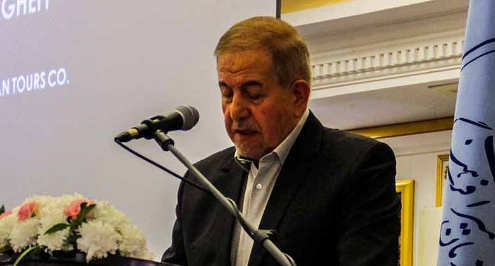
Iran Doostan tour CEO, Mohammad Ali Ashraf Vaghefi, had an interview…

The life of the Iranian people has always been associated with…

Clothing is one of the things that changes over time for various…
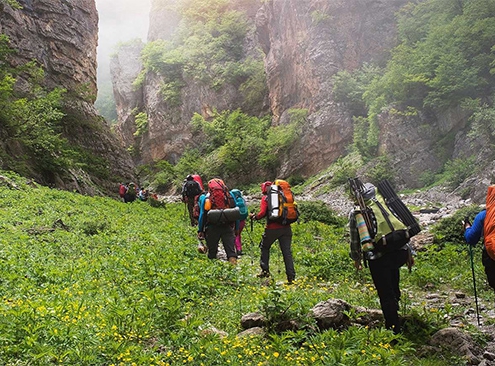
Over 30 years of experience providing some of the best adventure…
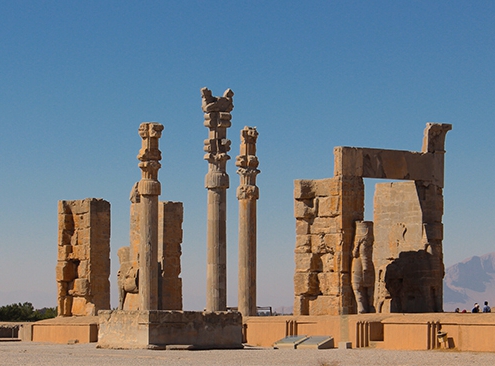
If you are also a fan of places that have recorded their names…
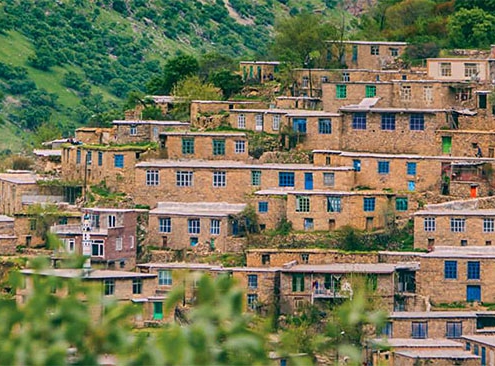
Uraman Takht might be an old village, but its scenery never fails…

Many people believe that nothing but nature brings people closer…
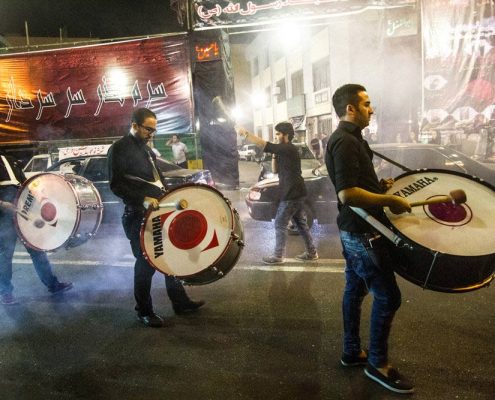
Muharram is the first month of the lunar year, which, for Muslims,…
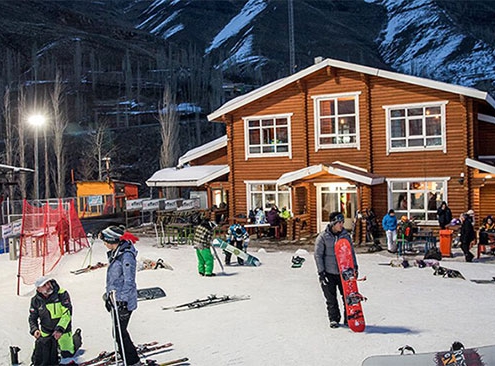
Iran is known as the land of four seasons due to its special…
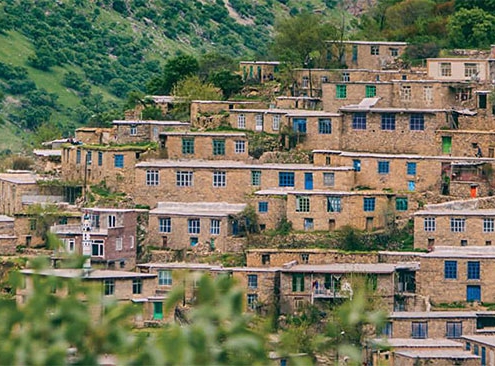
Uraman Takht, the undercover gem in the heart of Iranian Kurdistan…

The Trans-Iranian railway was inscribed as UNESCO world heritage…










 https://irandoostan.com/dostcont/uploads/2021/12/Adventure-tours-to-Iran.jpg
366
712
Farima Fehrest
https://irandoostan.com/dostcont/uploads/2025/05/Irandoostan-logo.webp
Farima Fehrest2021-12-22 13:41:262024-02-12 13:44:39Adventure Tours to Iran
https://irandoostan.com/dostcont/uploads/2021/12/Adventure-tours-to-Iran.jpg
366
712
Farima Fehrest
https://irandoostan.com/dostcont/uploads/2025/05/Irandoostan-logo.webp
Farima Fehrest2021-12-22 13:41:262024-02-12 13:44:39Adventure Tours to Iran








